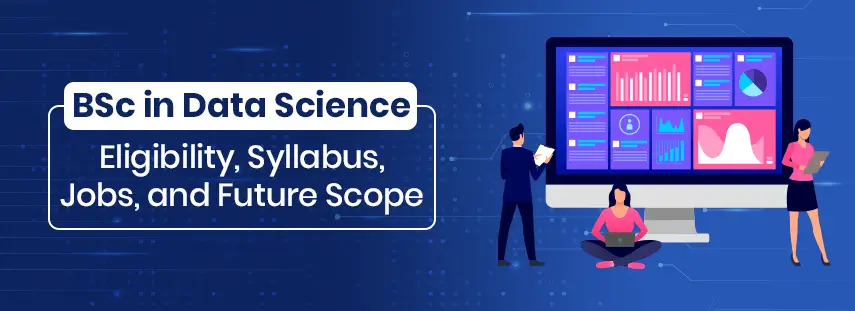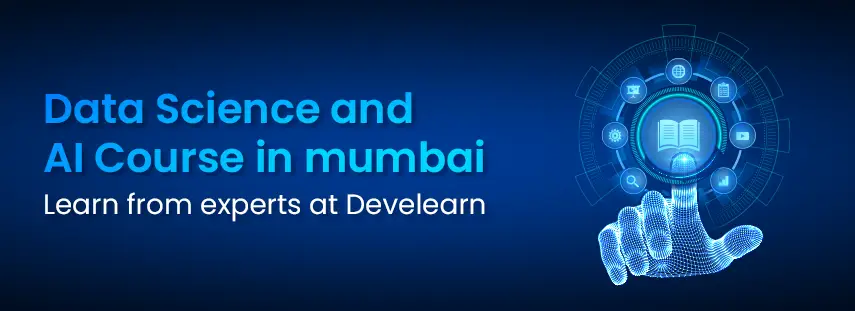Join As Students, Leave As Professionals.
Develearn is the best institute in Mumbai, a perfect place to upgrade your skills and get yourself to the next level. Enroll now, grow with us and get hired.

Top 6 NLP Techniques Every Data Scientist Should Know
Best 6 Different Natural language processing (NLP) Techniques-List of the basic NLP techniques python that every data scientist or machine learning engineer should know.
NLP Techniques
Data Scientist
Education
DeveLearn
3 minutes
November 1, 2023
Loading content...




